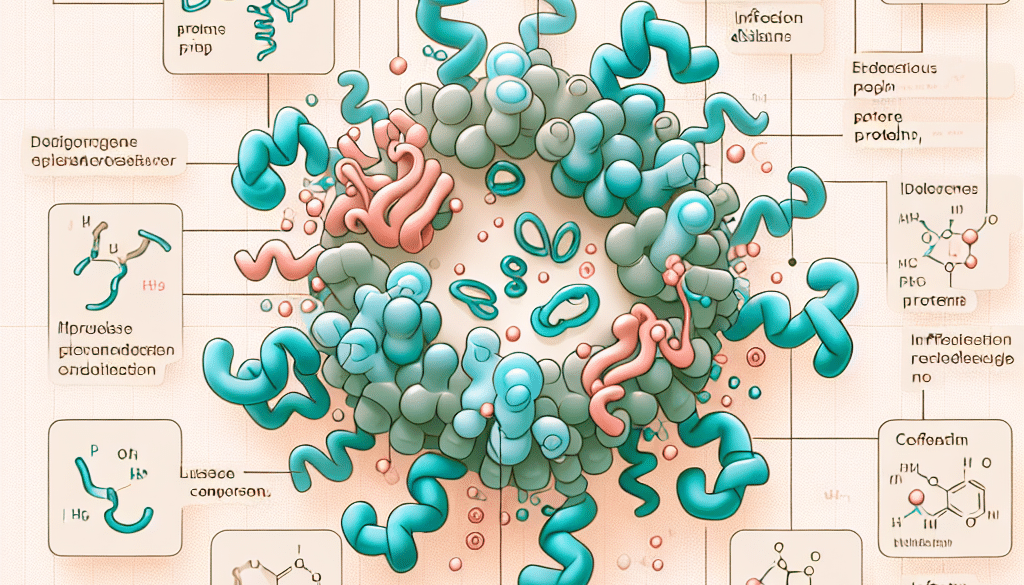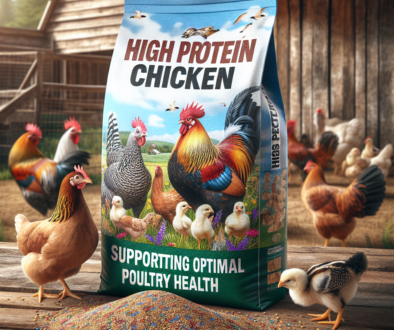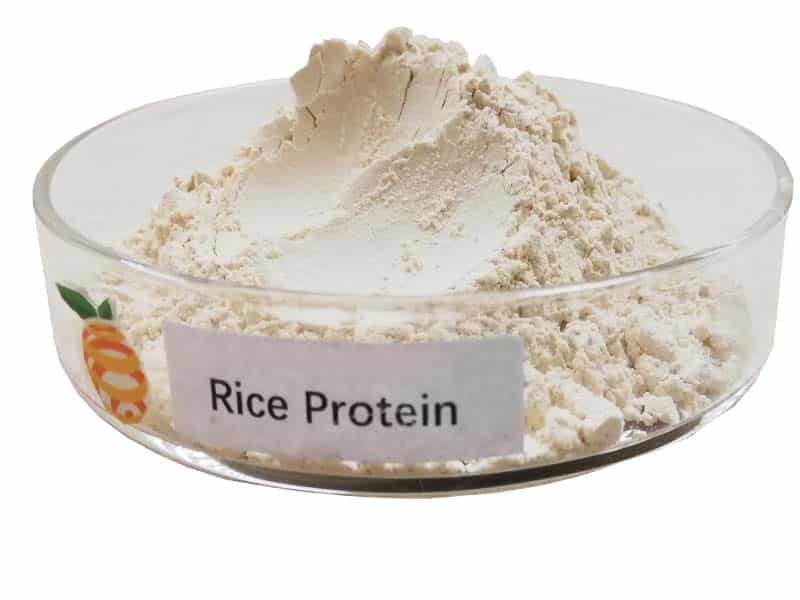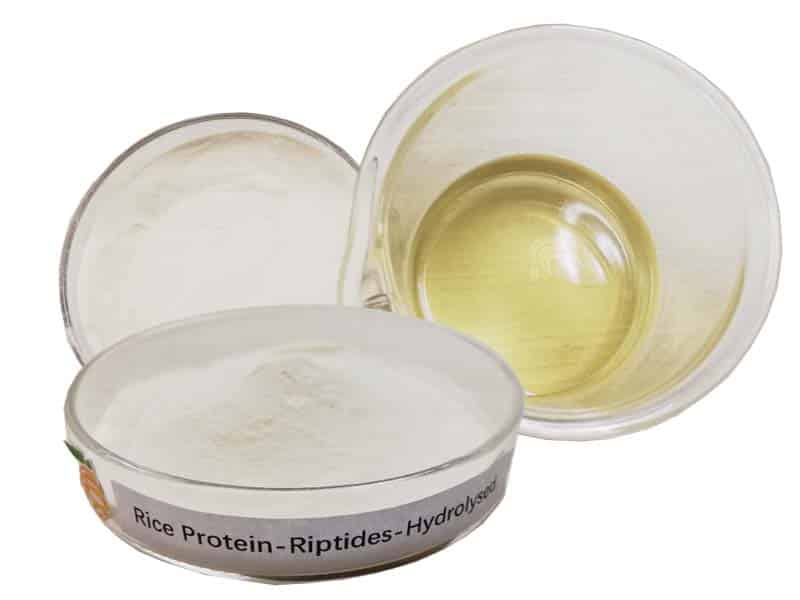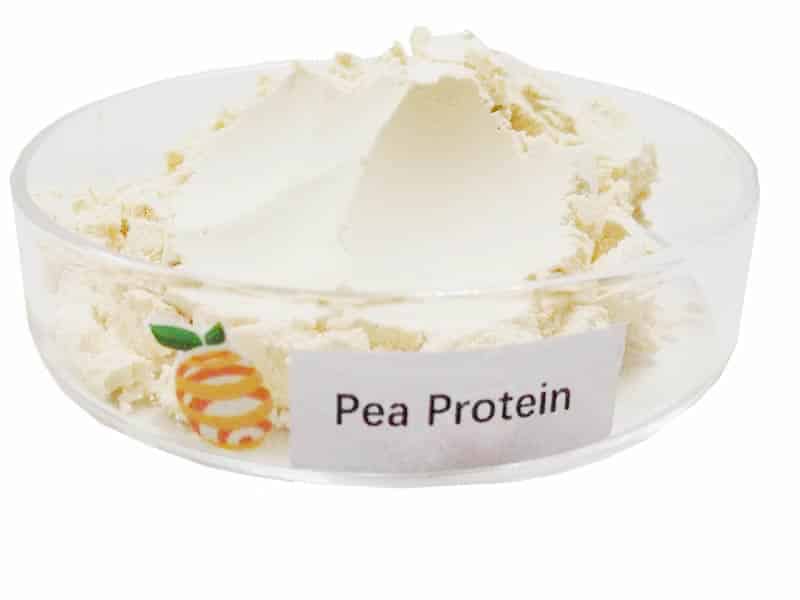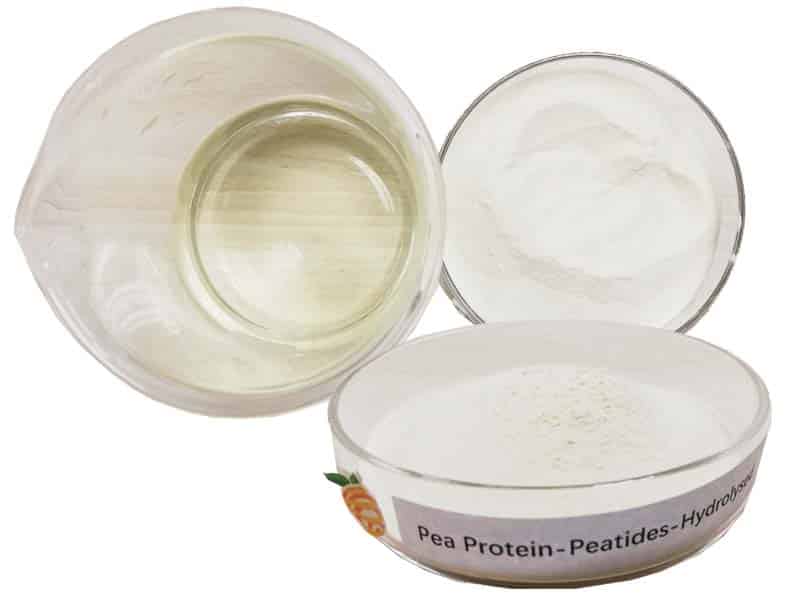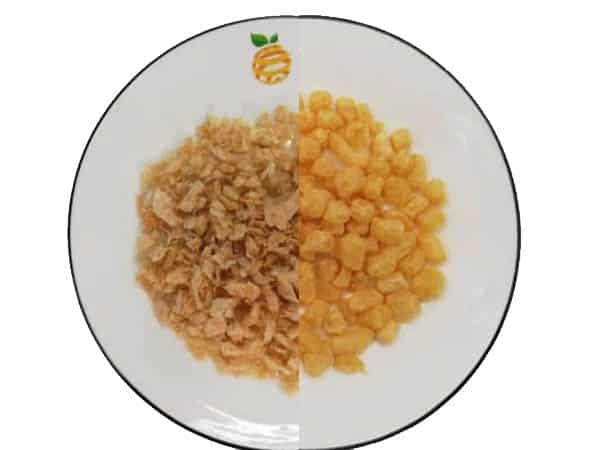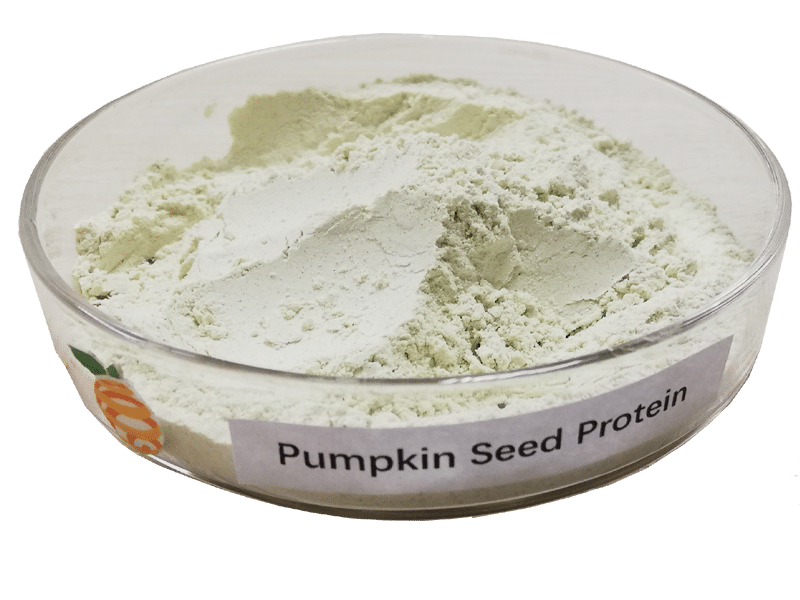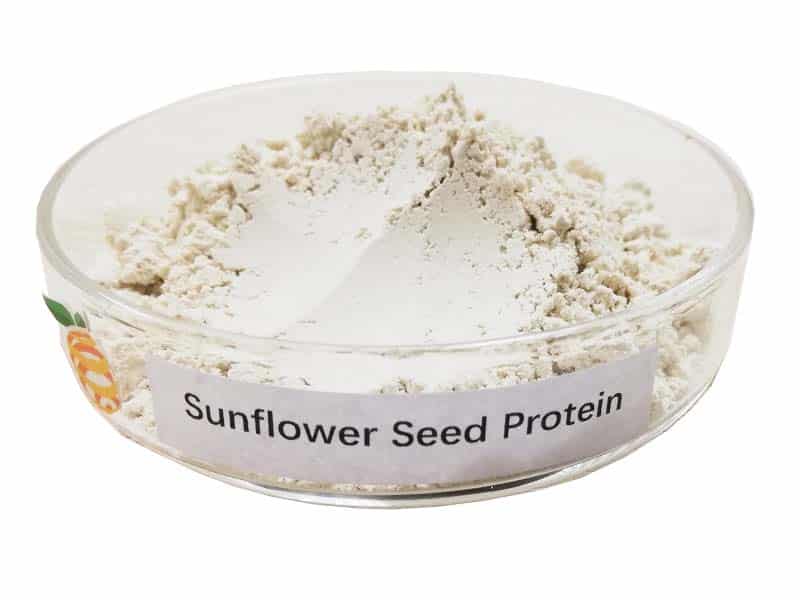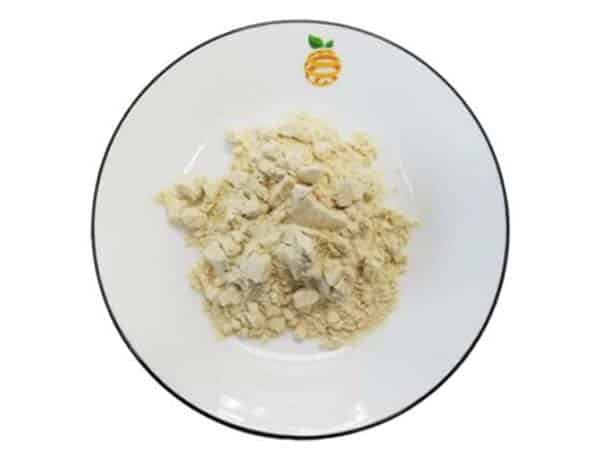A Prion: Infectious Protein Structure Explained
-
Table of Contents
- Prion Diseases: Unraveling the Mysteries of Infectious Proteins
- Understanding Prion Structure and Function
- Prion Diseases: A Spectrum of Fatal Conditions
- Case Studies and Statistics: The Impact of Prion Diseases
- Prevention and Control Measures
- Conclusion: The Ongoing Battle Against Prion Diseases
- Discover High-Quality Protein Products from ETprotein
Prion Diseases: Unraveling the Mysteries of Infectious Proteins
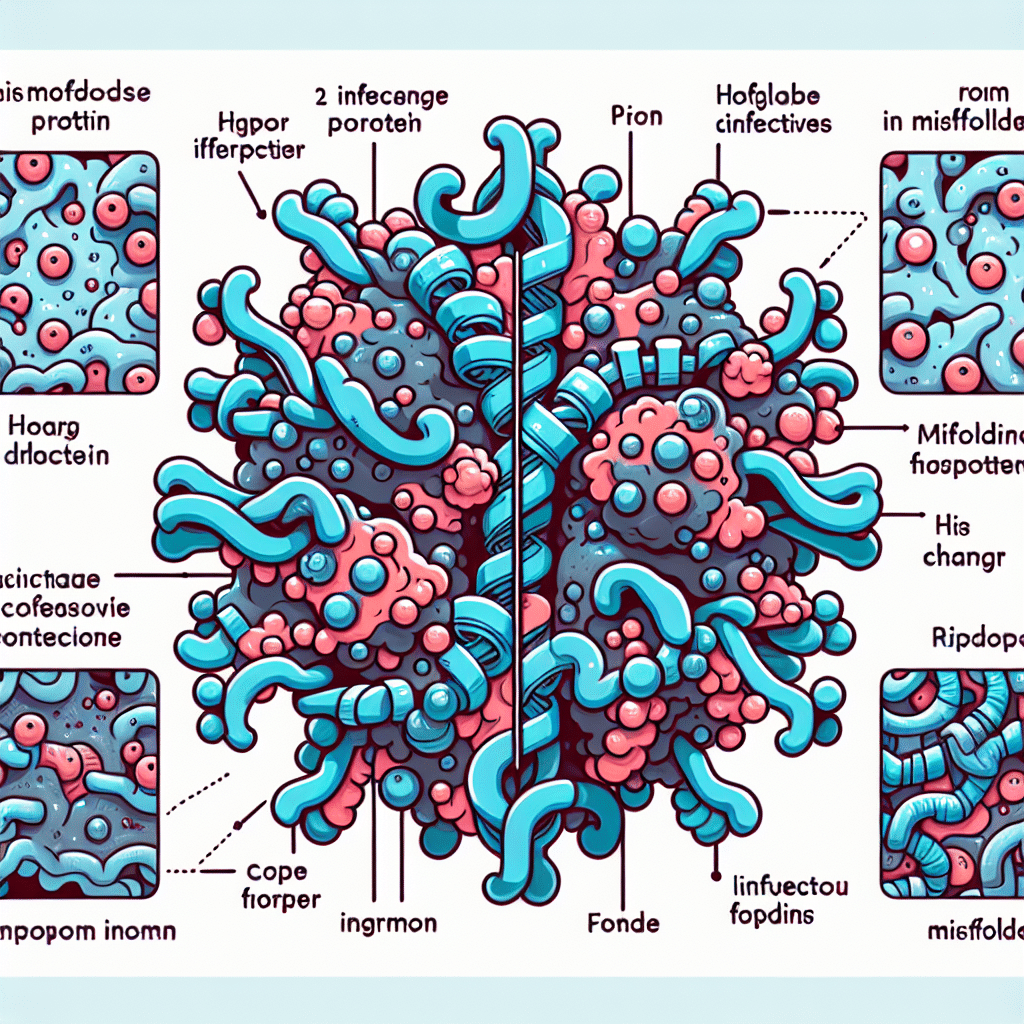
Prions are a unique and deadly form of infectious agents that have baffled scientists since their discovery. Unlike bacteria, viruses, and fungi, prions are composed solely of protein, with no genetic material to direct their replication. This article delves into the enigmatic world of prions, exploring their structure, mechanism of infection, and the diseases they cause. Through examples, case studies, and statistics, we will gain a deeper understanding of these infectious proteins and the challenges they present to the medical and scientific communities.
Understanding Prion Structure and Function
At the heart of prion diseases is the prion protein (PrP), which exists in a normal, non-infectious form (PrP^C) in the bodies of animals and humans. Prions are misfolded versions of these proteins (PrP^Sc), which can induce other normal PrP proteins to adopt their abnormal shape. This domino effect leads to the accumulation of prions in the brain, causing neurodegeneration and ultimately, disease.
- PrP^C to PrP^Sc Conversion: The exact mechanism by which PrP^C transforms into PrP^Sc is still under investigation. However, it is known that this process is associated with a conformational change, where the alpha-helical structure of the normal protein becomes rich in beta-sheets in the prion form.
- Propagation: Once formed, PrP^Sc aggregates and forms fibrils that disrupt cell function. These aggregates are highly resistant to proteases, heat, and radiation, making prions difficult to eliminate.
- Species Barrier: Prions can sometimes cross species, as seen in the case of bovine spongiform encephalopathy (BSE) jumping to humans. However, this cross-species transmission is usually less efficient due to differences in the PrP amino acid sequence between species.
Prion Diseases: A Spectrum of Fatal Conditions
Prion diseases, or transmissible spongiform encephalopathies (TSEs), are a group of progressive neurodegenerative disorders. They are characterized by long incubation periods, spongiform changes in the brain, and a lack of inflammatory response. Examples include:
- Creutzfeldt-Jakob Disease (CJD): A rare, degenerative, invariably fatal brain disorder that affects about one in every one million people worldwide annually.
- Variant CJD (vCJD): Linked to the consumption of meat from cattle affected by BSE, also known as “mad cow disease.”
- Kuru: Found among the Fore people of Papua New Guinea and associated with cannibalistic funeral practices.
- Chronic Wasting Disease (CWD): Affecting deer, elk, and moose, with concerns about the potential for transmission to humans.
Each of these diseases is invariably fatal, with no cure or effective treatment currently available. The rarity and complexity of prion diseases pose significant challenges for research and public health.
Case Studies and Statistics: The Impact of Prion Diseases
One of the most notable case studies in prion research is the UK BSE outbreak in the 1980s and 1990s, which led to a significant number of vCJD cases in humans. This crisis highlighted the potential for prion diseases to impact public health and the food supply chain. As of 2021, there have been 231 confirmed deaths from vCJD in the UK since the disease was first identified in 1996.
In the United States, CJD occurs at a rate of about 350 cases per year. While CWD has not been shown to infect humans, ongoing surveillance is critical to managing the risk of prion diseases in wildlife populations and ensuring the safety of the food supply.
Prevention and Control Measures
Given the lack of treatment for prion diseases, prevention is paramount. Control measures include:
- Surveillance: Monitoring animal and human populations for signs of prion diseases is essential for early detection and containment.
- Regulations: Strict regulations on animal feed and food processing aim to prevent the spread of prions.
- Research: Ongoing research into prion biology, transmission, and potential therapeutic targets is crucial for developing strategies to combat these diseases.
Conclusion: The Ongoing Battle Against Prion Diseases
Prion diseases remain one of the most perplexing and challenging areas of infectious disease research. The unique nature of prions as infectious proteins without genetic material sets them apart from other pathogens and complicates efforts to understand and control them. Despite advances in our knowledge of prion structure and the diseases they cause, much remains to be discovered. Continued research, surveillance, and stringent control measures are essential to protect public health and prevent future outbreaks.
Discover High-Quality Protein Products from ETprotein
If you’re in the market for premium protein products, consider ETprotein’s extensive range of plant-based proteins. Whether you’re formulating new food and beverage products, developing sports nutrition supplements, or creating health and wellness solutions, ETprotein offers high-quality, organic, non-GMO, allergen-free protein options to meet your needs.
About ETprotein:
ETprotein, a reputable plant protein vegan protein Chinese factory manufacturer and supplier, is renowned for producing, stocking, exporting, and delivering the highest quality organic bulk vegan protein and plant proteins. They include Organic rice protein, clear rice protein, pea protein, clear pea protein, watermelon seed protein, pumpkin seed protein, sunflower seed protein, mung bean protein, peanut protein etc. Their offerings, characterized by a neutral taste, non-GMO, allergen-free attributes, cater to a diverse range of industries. They serve nutraceutical, pharmaceutical, cosmeceutical, veterinary, as well as food and beverage finished product distributors, traders, and manufacturers across Europe, USA, Canada, Australia, Thailand, Japan, Korea, Brazil, and Chile, among others.
ETprotein specialization includes exporting and delivering tailor-made protein powder and finished nutritional supplements. Their extensive product range covers sectors like Food and Beverage, Sports Nutrition, Weight Management, Dietary Supplements, Health and Wellness Products, and Infant Formula, ensuring comprehensive solutions to meet all your protein needs.
As a trusted company by leading global food and beverage brands and Fortune 500 companies, ETprotein reinforces China’s reputation in the global arena. For more information or to sample their products, please contact them and email sales(at)ETprotein.com today.

